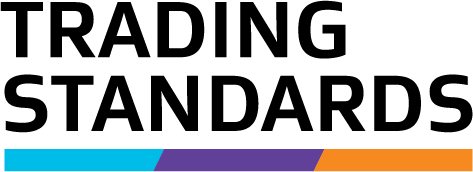Who this applies to, and your responsibilities
As a packer, manufacturer, importer or retailer your packaged goods must meet the requirements of the Weights and Measures Act 1987.
Our legislation
The Weights and Measures Act and associated Regulations set out the requirements for selling goods by quantity.
Your responsibilities
If you're a packer, manufacturer, importer or retailer of pre-packaged goods, you must:
- make sure packages are correctly labelled
- make sure packages contain the stated net quantity
- have suitable, accurate and trade-approved weighing and measuring equipment.
Importers of goods
If you're importing goods into New Zealand it's a good idea to ask the overseas packer or supplier to confirm that the product you're importing meets New Zealand Weights and Measures legislative requirements.
It's also advisable to perform your own checks on goods once they've arrived in New Zealand, to make sure their quantity hasn't altered during transport.
Information in Chinese
The document below provides information in Chinese on what the requirements are when you sell goods by weight or measure and how to comply.
Selling Goods by Weight, Measure or Number — Chinese version [PDF, 658 KB]
How we define 'packaged'
The Weights and Measures Act defines a 'package' as anything in or by which goods are cased, covered, contained, or packed. This includes both closed packing material and open packing material. For example, a closed bag of sugar or an open bag of fertilizer can both be classed as a packaged good.
‘Pre-packaged’ refers to a package containing goods that are not packed in the presence of the purchaser. There are two categories of pre-packaged goods.
| Category of pre-packaged goods | Example |
|---|---|
| Goods that are of the same kind, and packed to a constant stated quantity. | A batch of 1 kg bags of sugar, packed and sealed before being offered for sale. |
| Goods pre-packaged at varying quantities, commonly referred to as ‘catch weight’ goods. These can't be checked using an average system, and must not be less than the stated quantity. | Trays of meat, fish fillets, delicatessen items and some fruits and vegetables. |
Importing goods from Australia
Under the Trans-Tasman Mutual Recognition Arrangement, any manufactured good that can be legally sold in Australia can be legally sold in New Zealand, and vice versa.
As a result of this agreement, there is an increased allowable deficiency for some prescribed items that have been imported into New Zealand from Australia – for example, soap and mushrooms. This is due to the goods being classed as 'desiccating goods' under Australian legislation.
Find out more about the requirements for desiccating goods in New Zealand.
In Australia, products that comply with the Average Quantity System are marked with the ‘e’ mark.
Note
Historically the ‘e’ mark is a European based symbol used by packers in relation to average quantity and allows for the freedom of movement of goods throughout the European Union.
However, for New Zealand purposes, the ‘e’ mark is irrelevant and would be disregarded by Trading Standards Officers upon inspection.
Find out more about the requirements in New Zealand under the Average Quantity System.
The Average Quantity System (AQS)
For more information on the requirements in Australia, see the following guide.
